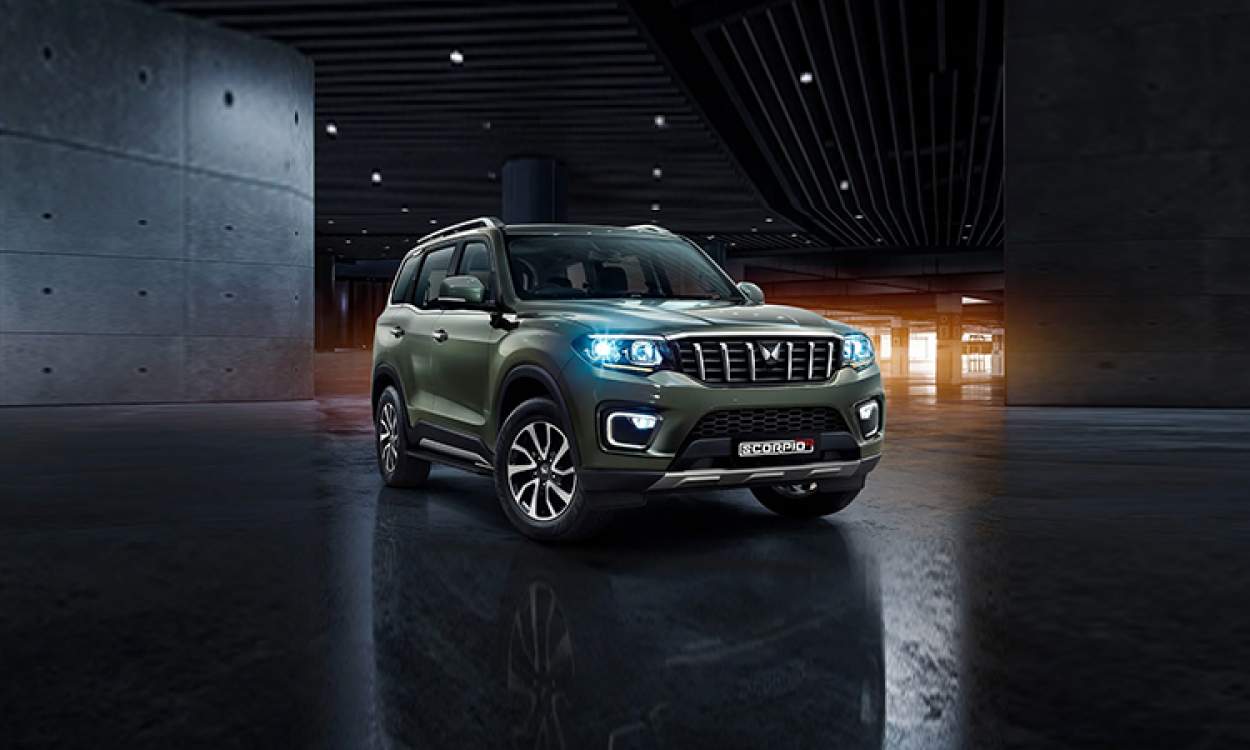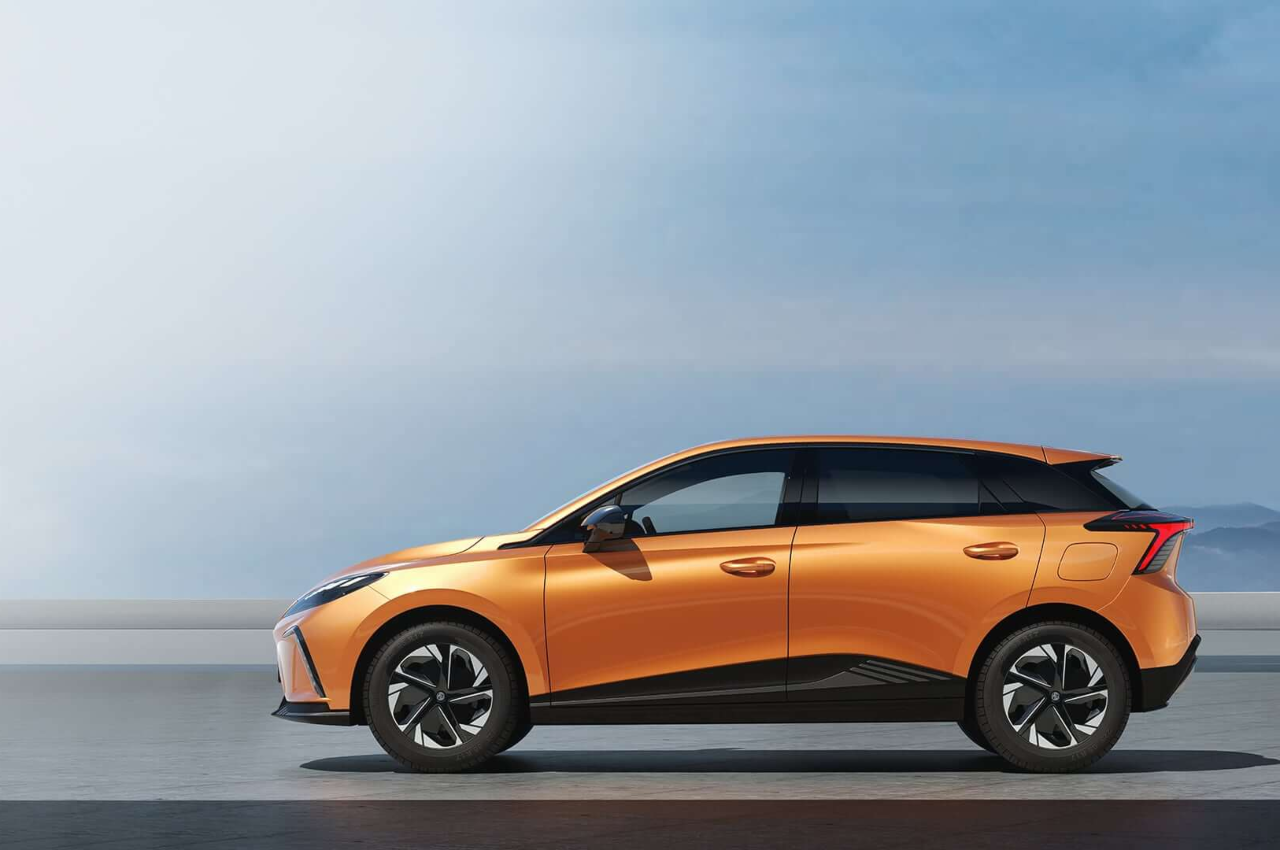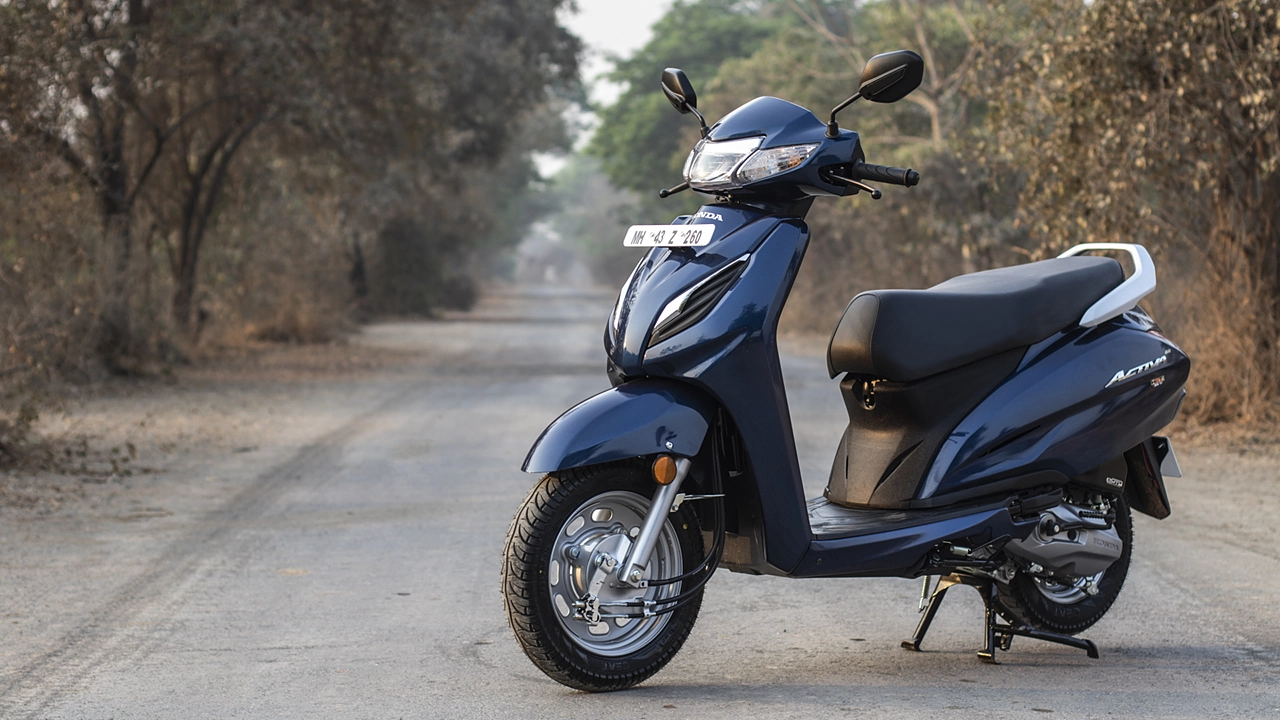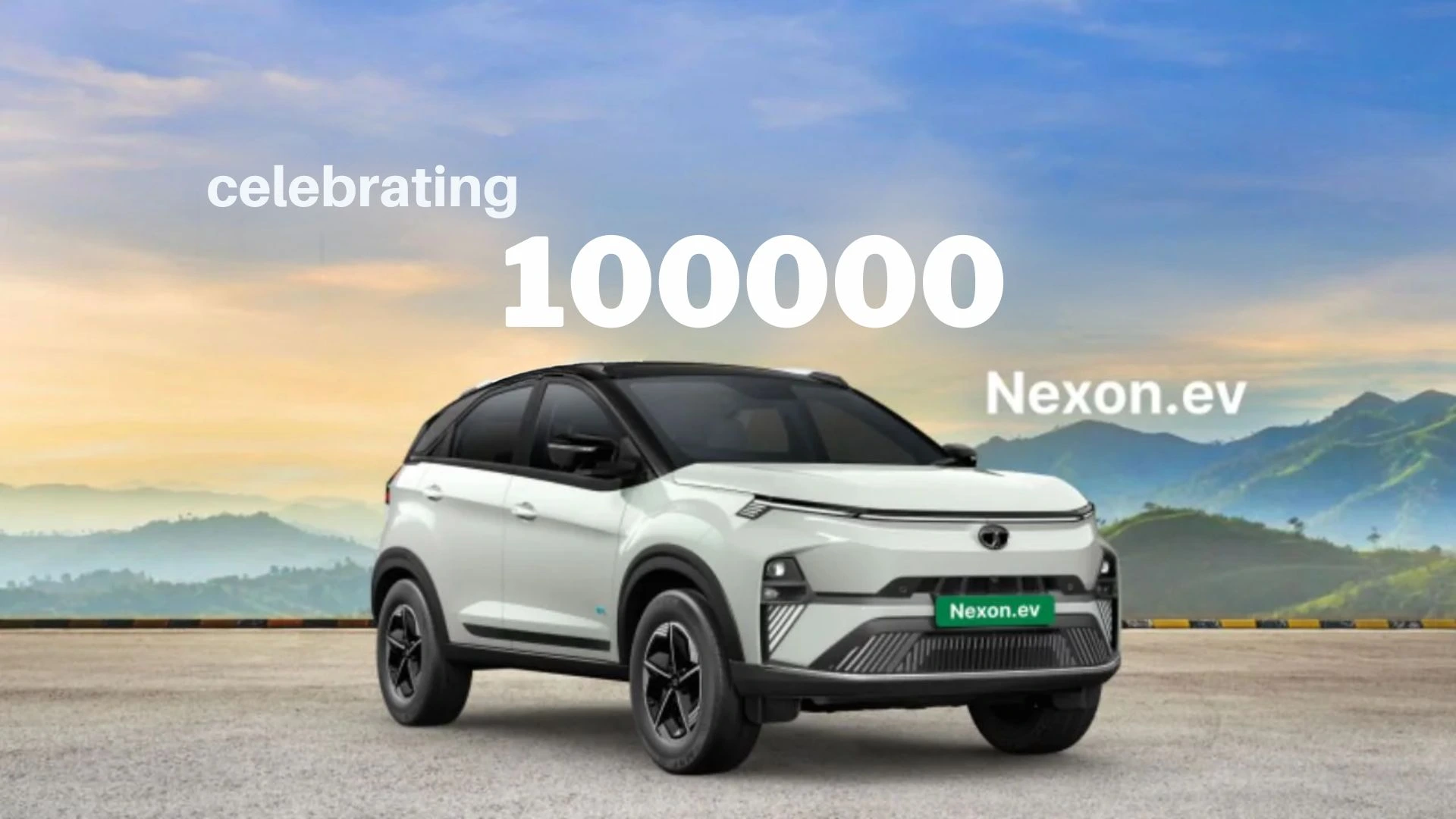Taxes make up a major chunk of new car prices when the time comes to buy. Vehicle taxes vary based on a variety of factors ranging from body style, engine under the hood, length, price, and more. In its most recent meeting, the GST council looked to provide some clarify which cars would qualify as SUVs under the GST band for the higher tax bracket. SUVs in India ranged from sub-4M to full-size five and seven-seater luxury SUVs, so different models may be affected differently.
First, let's take a look at what qualifies as an SUV under GST. The GST Council says that for a car to qualify as an SUV, it must generally be referred to as an SUV, have a length of more than 4,000mm, have an engine capacity of more than 1,500cc, and have a ground clearance greater than 170mm. Cars that meet all of these criteria qualify as SUVs in the eyes of GST laws and will attract the highest tax rate, i.e. 28 percent GST and 22 percent or around 50 percent of total taxes. Vehicles that do not meet these criteria will attract lower tax rates of more than 28 percent GST in line with current GST rules.
Here we take a look at how SUVs for sale in India could be affected by this new ruling
Keeping all four criteria in mind, none of the subcompact SUVs offered for sale in India should fall under the bracket of SUVs for GST. All models in this segment fall below the 4m mark and feature engines below the 1500cc mark and therefore do not meet two of the criteria that qualify them as SUVs.
Moving on to a specific category, SUVs like the Creta, Seltos, Kushaq, Taigun, Astor, Grand Vitara, and Urban Cruiser Hyryder also don't meet all of the SUV rating criteria. While all models pass the four-meter mark, the engine displacement is still less than 1500cc, meaning these models are not taxed within the higher taxable bracket.

Interestingly, Thar does not meet the definition of an SUV set by the GST Board. While it meets the criteria for an engine larger than 1500cc, ground clearance greater than 170mm and is generally identified as an SUV, it does not meet the 4m mark. The current Thar measures 3985mm, which means it doesn't meet the size criteria.
Scorpio, Classic, Scorpio and XUV700 meet all four criteria and will therefore attract the highest tax rate.
Sticking to the medium-sized segment becomes interesting with models like Alcazar and Hector. The Alcazar petrol meets all the requirements which are levied under the higher slab of GST and non-payable taxes, while the diesel model does not qualify: the 1.5 diesel engine has a displacement of less than 1500cc. The Hector is in a similar boat with the diesel meeting the requirements of SUV standards while the sub-1500cc petrol does not meet the requirement.
Tata's Harrier and Safari meet all the criteria to qualify for the higher tax rate, as does the Hyundai Tucson. Meanwhile, the Jeep Compass will see diesel attract the highest tax rate and petrol fail to meet engine capacity criteria. Meridian will also attract the higher tax rate.
Moving on to full-size seven-seaters like the Toyota Fortuner, MG Gloster, and Isuzu MU-X all qualify for the higher tax bracket.
Moving to the more premium classes, the BMW X1, Audi Q3 and Volvo XC40 qualify for the highest tax bracket. The GLA diesel also meets all the criteria, although the petrol shouldn't attract the highest compression since it has a sub-1500cc engine. The new GLB also falls into a similar category.
Moving up in class, models like the GLC, X3, Q5, XC60, F-Pace and Macan are within the range of a higher tax plate, as are larger luxury SUVs like the GLE, Grand Cherokee, X5 and Q7. Full-size models like the Mercedes GLS and BMW X7 will also attract the highest tax rate.
It remains to be seen if there may be any adjustment to the decision of which vehicles attract the highest GST on the chosen variants.
Also Read: Royal Enfield to Harley Davidson, 6 major two-wheeler brands that won’t be at the Auto Expo 2023







_1766570474.webp)

_1766557873.webp)
_1766486282.webp)